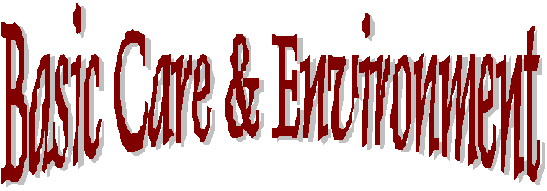



|
|
|---|
|
|
|
|---|
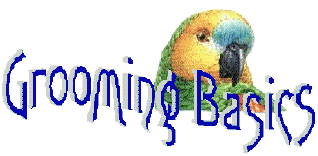 A healthy bird will tend to the majority of its own grooming needs and will thereby require little intervention from its owner. Some of the more common things that you may need to assist your bird with are:
A healthy bird will tend to the majority of its own grooming needs and will thereby require little intervention from its owner. Some of the more common things that you may need to assist your bird with are: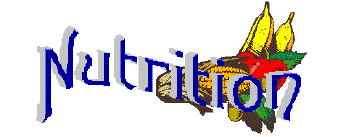 Wing on over to my Nutrition page for additional information on this topic.
Wing on over to my Nutrition page for additional information on this topic.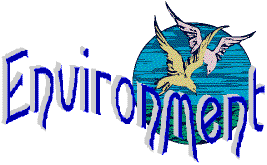 Simply speaking, this is a very broad category, involving almost every aspect of your bird surroundings. Anything and everything in your birds view and senses affects its psyche. Things as simple as ticking clocks, reflective objects and overhead fans can drive your bird absolutely neurotic! Here, we will cover just a few of the most basic (but important) environmental influences:
Simply speaking, this is a very broad category, involving almost every aspect of your bird surroundings. Anything and everything in your birds view and senses affects its psyche. Things as simple as ticking clocks, reflective objects and overhead fans can drive your bird absolutely neurotic! Here, we will cover just a few of the most basic (but important) environmental influences: Your bird's home is just as important to it as your own home is to you. There are many aspects to consider when setting up house for your pet:
Your bird's home is just as important to it as your own home is to you. There are many aspects to consider when setting up house for your pet: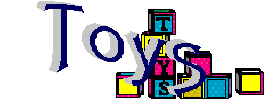 Most birds LOVE toys!! Toys are useful as mental diversions and tend to encourage physical exercise. They also provide for neccessary beak wear and act as outlets for aggression. Toys fill your bird's time when you can't be there! Check out your local pet shops, bird magazines and bird supply retailers on the web for ideas and prices.
Most birds LOVE toys!! Toys are useful as mental diversions and tend to encourage physical exercise. They also provide for neccessary beak wear and act as outlets for aggression. Toys fill your bird's time when you can't be there! Check out your local pet shops, bird magazines and bird supply retailers on the web for ideas and prices.
| ||||
|---|---|---|---|---|
 |
 |
 |
||
 |
 |
|||


|